20. Monty Python’s Life of Brian (Terry Jones, 1979)
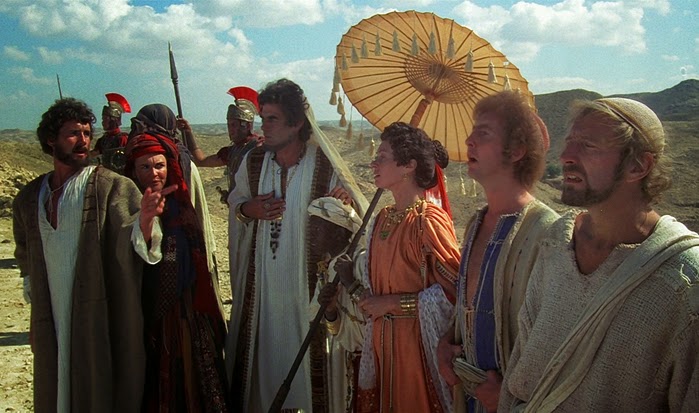
Monty Python’s “Life of Brian” follows the epic life of Brian, a naughty boy from Jerusalem whose life parallels the life of Jesus.
The movie is an irreverent religious satire of major Biblical flicks. From its production, the film faced detractors faulting it of being sacrilegious and extremely blasphemous, something that didn’t change much as the film later faced massive protests and ban impositions.
Nevertheless, Monty Python’s “Life of Brian” overcame its detractors and became an immediate success. Today an undisputed cult film, some people have even regarded it as the best comedy film ever made.
19. Basic Instinct (Paul Verhoeven, 1992)
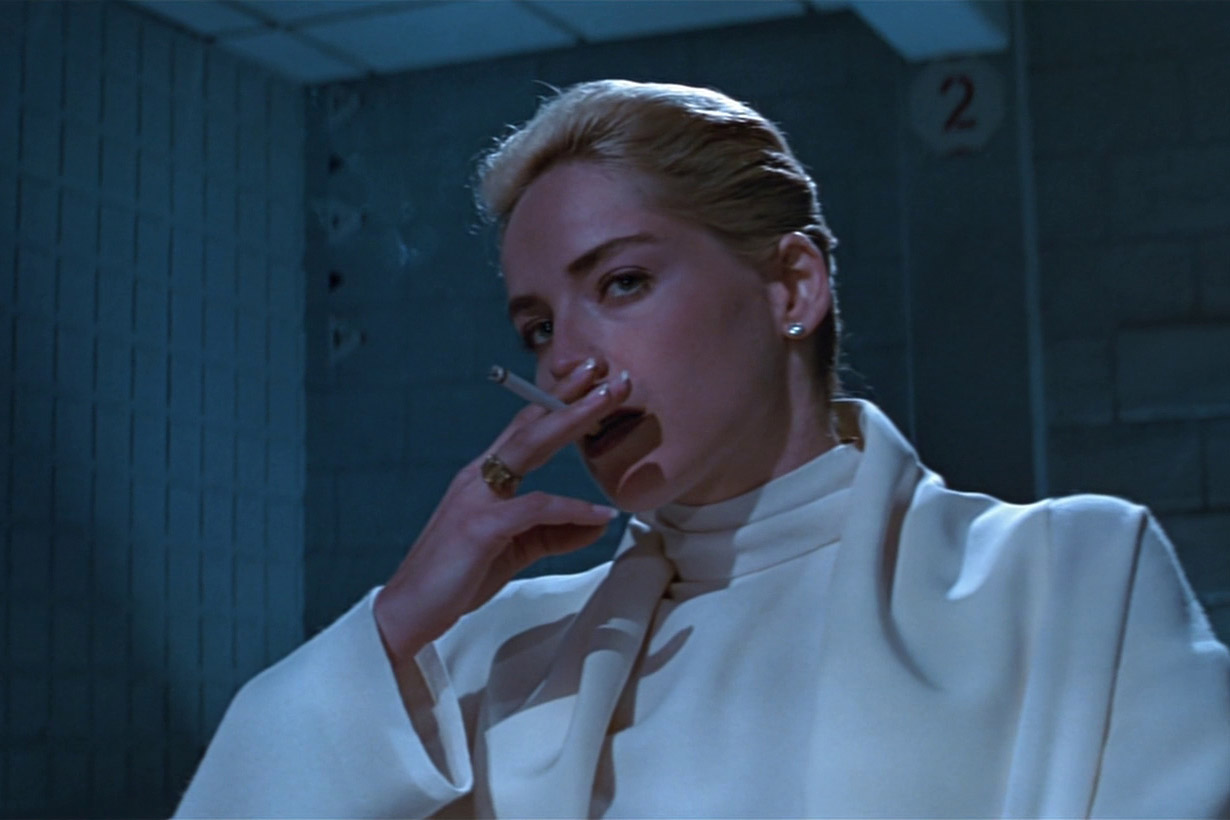
“Basic Instinct” is an uncomfortable thriller about a police detective who gets overly involved with a woman who seems to be more than a fortuitous element in a brutal sexual murder.
While the critics generally doubted how necessary the film’s exploitative elements were, the film outraged lots of people who found in each of those elements an intolerable offense against good tastes, women, and lesbianism.
Though “Basic Instinct” tends to be regarded nowadays as an unnecessarily violent soft-porn thriller, its ambiguous ending and its interrogatory sequence are obligated references of 90’s cinema.
18. Crash (David Cronenberg, 1996)
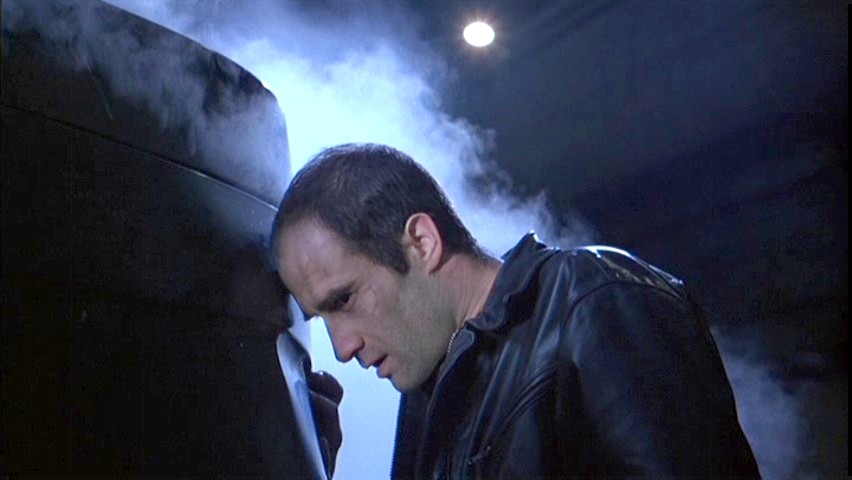
“Crash” is a movie about fetishism. It follows an underground sub-culture of people who find car accidents sexually stimulating.
Arguably a deliberately controversial movie, “Crash” adjoins sequences of car crashes with extremely graphic sex scenes, something that led some to suggest it was seeking to make people experiment with sex in high-speed vehicles.
Released in two versions, the film suffered discreet distribution due to extremity of its violence. Although nominated to the Golden Palm at 1996 Cannes Film Festival and winner of the Special Jury prize, its feature in the festival had nauseated people walk out enraged.
17. Funny Games (Michael Haneke, 1997)
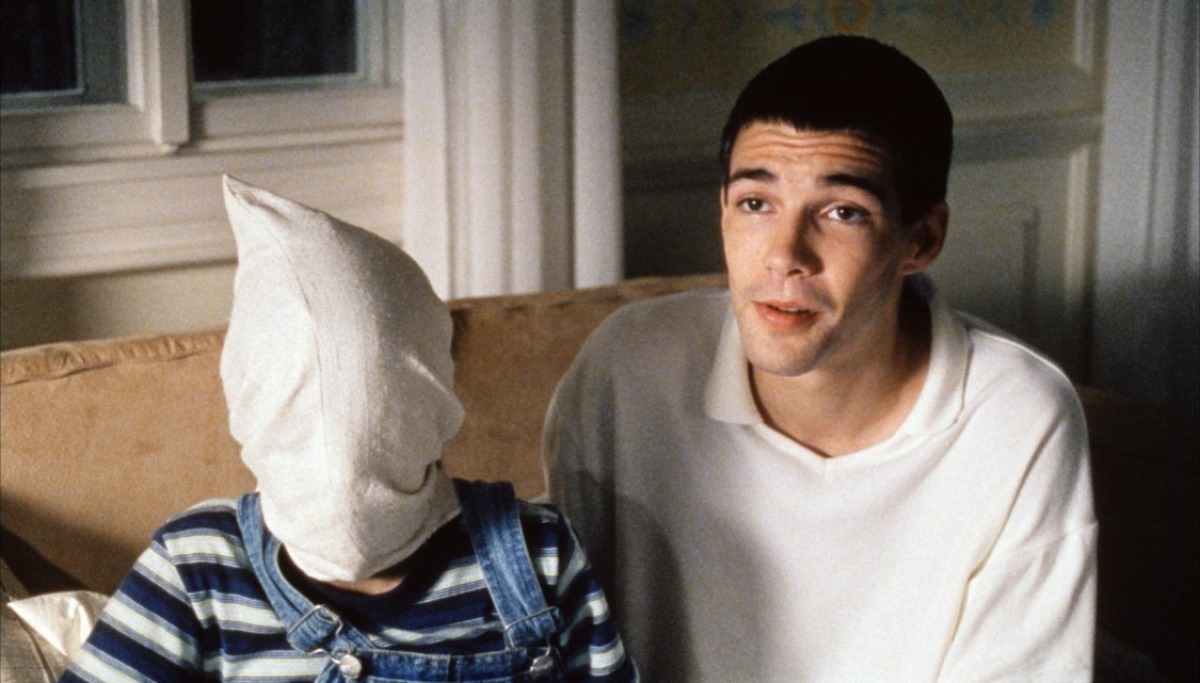
Arguably a satire of the familiar “Heimatfilm”, “Funny Games” follows the nightmarish turn of an idyllic family vacation, as a family is forced to take part in sadistic “games” to fulfill the entertainment of two disturbingly charming psychotic young men.
Labeled as unnecessarily cruel and violent, the movie is more about the gaps it forces the audience to cover. Audiences, however, didn’t seem to receive this as warmly as the movie’s premiere at the Cannes Film Festival showed.
Nevertheless, Haneke again seemed to have announced the rage his movie would raise as he stated that his main intention was merely to make a somehow moralistic comment on the influence of media in society.
16. The Passion of the Christ (Mel Gibson, 2004)
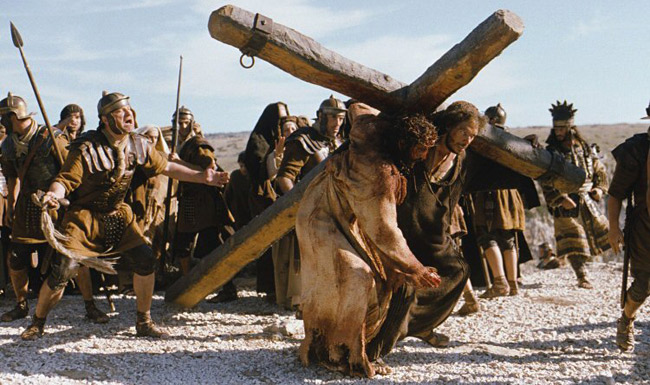
One of the most polarizing movies of 2004, “The Passion of the Christ” is Mel Gibson’s account of Jesus’ last twelve hours.
The brutality of its sequences shocked iaudiences excessively and was panned as obscuring whatever message Gibson was trying to deliver. Nevertheless, the movie’s alleged anti-Semitic undertone raised most of the controversy surrounding it.
Named by Entertainment Weekly as the most controversial movie of all time two years after its release, “The Passion of the Christ” became one of the most commercially successful independent films in cinema history.
15. Antichrist (Lars von Trier, 2009)
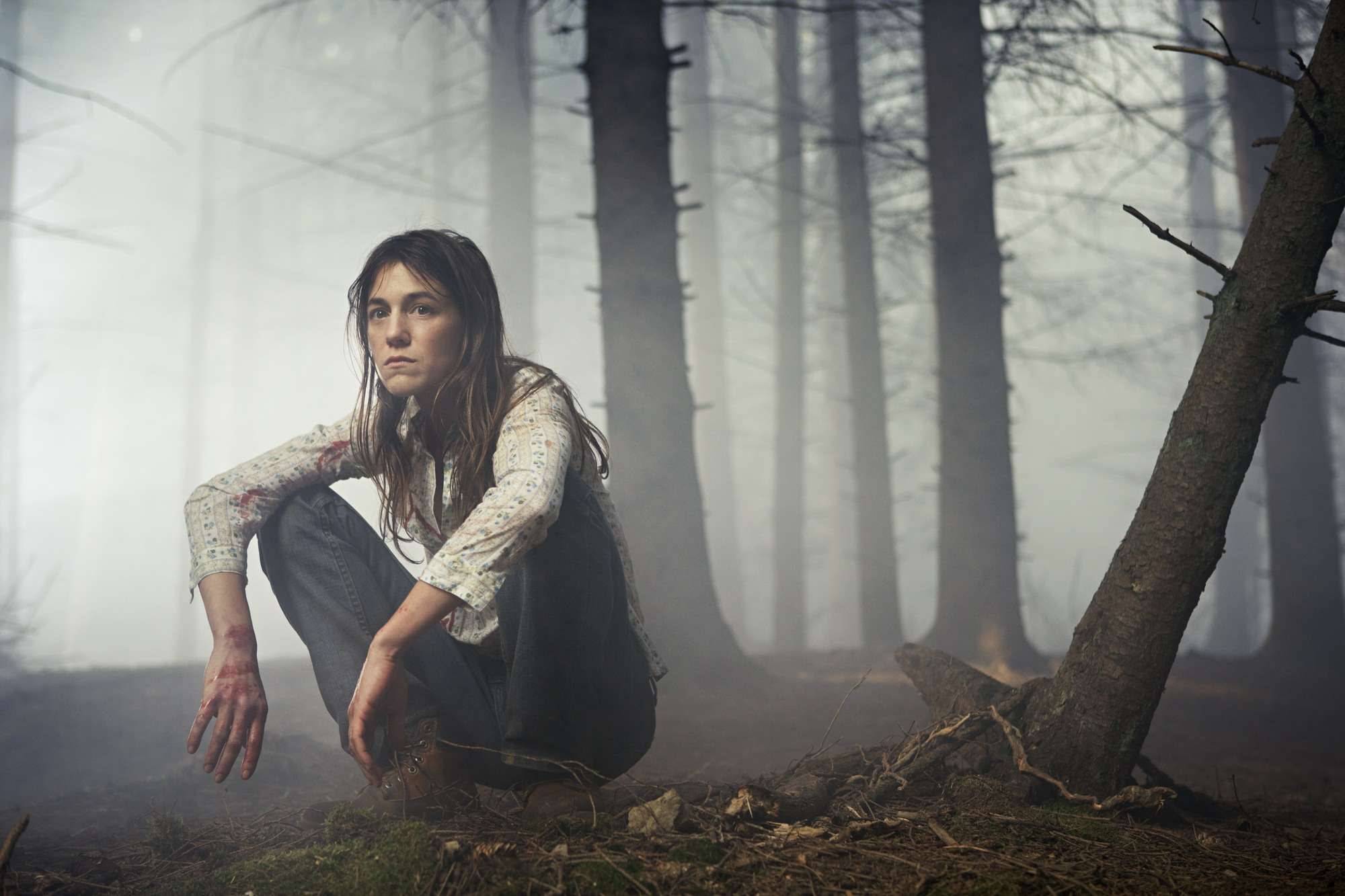
Following a man and a woman struggling in a forest (suggestively named Eden) to overcome her mourning of their deceased child, Antichrist moves around the stages of grief, pain and despair.
The first part of Lars von Trier’s alleged Depression trilogy is an overwhelming allegory of theological and psychological implications. It also takes a look at the misogynist association of women with abstract and violent forces, and especially with nature.
Though symbolic and visually astonishing, “Antichrist” has been equally impoverished by several audiences and media who were either outraged against the brutality of some of its sequences, or exclusively hailed it.
14. La Vie d’Adèle (Abdellatif Kechiche, 2013)
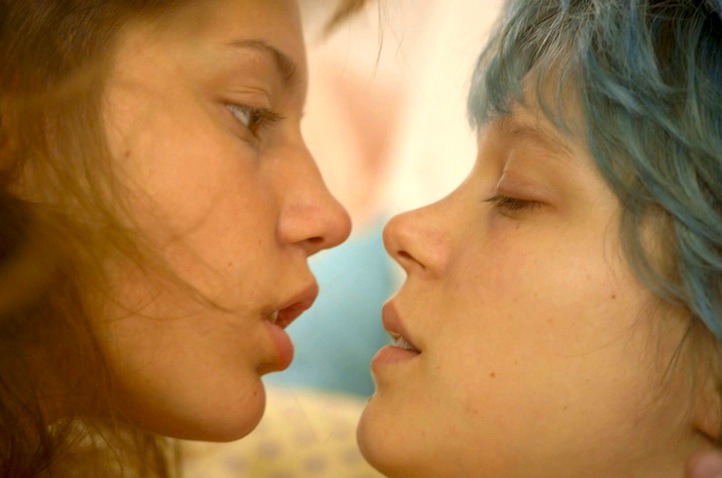
A moving but raw depiction of discovery, love and loss, “La Vie d’Adèle” focuses on Adèle, an introverted teenager whose discovery of Emma, an endearing young woman with blue eyes, sets the guidelines of her identity as a woman and as an adult.
Controversy surrounded “La Vie d’Adèle” long before its critical acclaim. Originally, it arose due to the movie’s graphic 7-minute sex scene. Nonetheless, it later derived into stronger accusations.
Accused of being antifeminist and an exploiter, Abdellatif Kechiche got involved in a series of media confrontations with the movie’s stars Adèle Exarchopoulos and Léa Seydoux, who seemed to approve the second of those accusations.
13. Nymphomaniac (Lars von Trier, 2014)
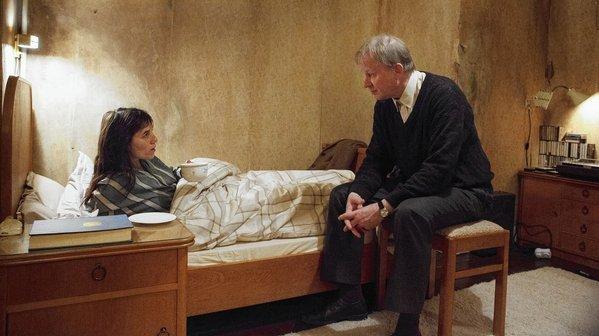
Divided into two parts, this largely expected film depicts a self-tormented nymphomaniac’s account of her life. Somehow implied in “Antichrist” (Lars von Trier, 2009), “Nymphomaniac” is an ambiguous and openly mocking dialogue between the Western cultural status quo and its feminist criticism.
Regarded as a movie of endless controversy, “Nymphomaniac” emerged surrounded by commentaries about its widely acclaimed and polemic director, who announced it as “a movie about a woman who discovers her eroticism.”
Loved by some and hated by many others, Lars von Trier seems to have wanted all the attention his movie raised, as the information about its story, cast and shooting was dosed and fragmentary.
Close to its release, the film’s sex sequences announced what would unavoidably be added to its controversy as an exploitative vagueness surrounding the limits of art and pornography.
12. A Clockwork Orange (Stanley Kubrick, 1971)
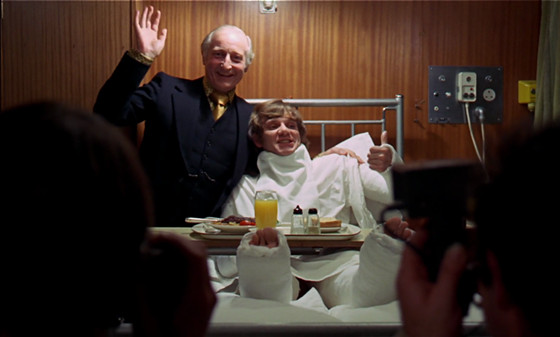
Though full of disturbingly beautiful sequences of violence and lots of music from Beethoven, “A Clockwork Orange” depicts the adventures of the teenager antihero Alex in a neo-fascist society.
Stanley Kubrick’s ultra-violent adaptation of Anthony Burges’ homonymous dystopian novella is an audiovisual spectacle that faced the outrage of several detractors who were against its depicted dehumanization ever since its release.
Despite not featuring Burges’ novella’s original ending, which changed some of the story’s flavor with a series of statements about growing up, Kubrick’s master adaptation is rich in the depictions of morality, freedom, behaviorism, crime and order that made “A Clockwork Orange” one of the best stories of the 20th century.
Exhausting, playful and subversive, “A Clockwork Orange” is regarded as an insuperable moment in the history of cinema and as one of the best instances of Kubrick’s obsessive perfectionism.
11. In the Realm of the Senses (Nagisa Oshima, 1976)
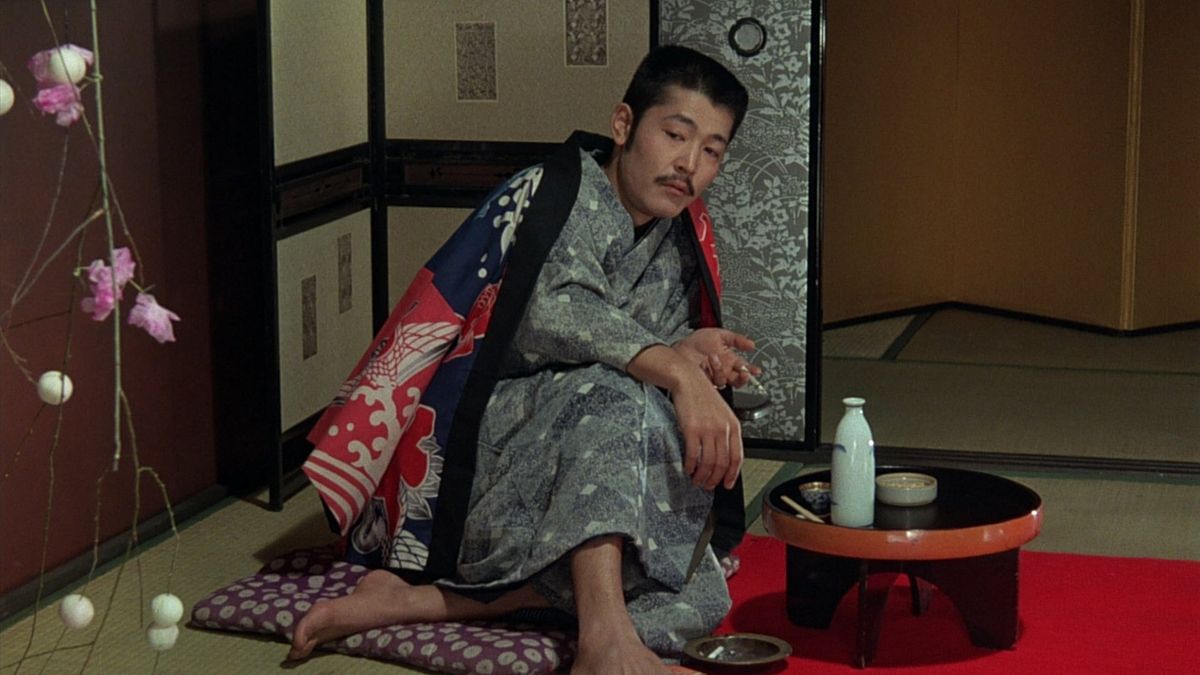
Influenced by the works of Michel Leiris, Georges Bataille and Roland Barthes, stylized by the erotic Japanese wood-block prints’ aesthetics and based on a pre-war truth story, “In the Realm of the Senses” follows the obsessive intensification of an affair carried by a man and one of his servants.
Ironic, self-reflexive and ultimately hyper-realist, “In the Realm of the Senses” is a morbid exploration of the institutional foundations of power, their translation upon couple relationships, and the role of death in Japanese culture.
From the beginning, Nagisa Oshima struggled to carry on with “In the Realm of the Senses”. Finally registered as a French production, the film faced ban attempts and has suffered multiple cuts ever since its release.